

Articles
How To Store Uncooked Asparagus
Modified: January 6, 2024
Learn the best methods for storing uncooked asparagus in this informative article. Keep your asparagus fresh and delicious for longer with these helpful tips.
(Many of the links in this article redirect to a specific reviewed product. Your purchase of these products through affiliate links helps to generate commission for Storables.com, at no extra cost. Learn more)
Introduction
Asparagus is a delicious and nutritious vegetable that can be enjoyed in a variety of dishes. Whether you’ve just harvested a fresh bunch from your garden or bought a bunch from the local farmers market, knowing how to properly store uncooked asparagus is essential to preserve its vibrant flavor and crisp texture.
When stored correctly, asparagus can stay fresh and flavorful for up to a week in the refrigerator, and even longer when frozen. In this article, we’ll explore different methods for storing uncooked asparagus, including refrigeration and freezing techniques, as well as some tips to maximize its freshness.
So, if you’re ready to learn how to store your asparagus properly and make it last, let’s get started!
Key Takeaways:
- Store uncooked asparagus in the refrigerator by wrapping it in a damp paper towel and placing it in a plastic bag to maintain hydration and prevent wilting. Check regularly for freshness and use within a week for optimal flavor.
- For long-term storage, freeze asparagus by blanching it and vacuum sealing it to preserve its color, texture, and flavor. Label packages with the freezing date and use within 8-12 months for best results.
Read more: How To Store Asparagus
Choosing and preparing the asparagus
Before storing asparagus, it’s important to start with fresh and high-quality spears. When choosing asparagus at the store or farmers market, look for firm, bright green stalks with tightly closed tips. Avoid any that are limp or have wilted or yellowed stalks.
To prepare the asparagus for storage, start by trimming the woody ends. Hold each spear near the bottom and gently bend it until it snaps. The natural breaking point will remove the tough, fibrous end. If you prefer, you can also cut about an inch off the bottom of each spear instead of snapping them.
After trimming, it’s a good idea to wash the asparagus to remove any dirt, sand, or debris. Rinse the stalks under cold water, gently rubbing them with your fingers to remove any stubborn dirt. Pat them dry with a clean kitchen towel or paper towel before proceeding to store.
Keep in mind that asparagus is best when it’s fresh, so try to use it as soon as possible after purchasing or harvesting. However, if you can’t use it right away, storing it properly can help preserve its quality and flavor.
Refrigerator storage options
If you plan on using your asparagus within a few days, storing it in the refrigerator is the best option to maintain its freshness. There are a few different methods you can choose from:
- Wrap in a damp paper towel: One simple method is to wrap the trimmed asparagus spears in a damp paper towel. This helps to keep them hydrated and crisp. Place the wrapped asparagus in a plastic bag and store it in the refrigerator’s crisper drawer. This method can keep the asparagus fresh for up to a week.
- Stand upright in a jar: Another option is to store the asparagus upright in a jar or container filled with an inch or two of water. This mimics the way asparagus is often displayed at the grocery store. Place a plastic bag or cover loosely over the tops to help retain moisture. Change the water every day or two to keep it fresh. This method can keep the asparagus fresh for up to a week.
- Vacuum seal: If you have a vacuum sealer, you can remove the air from a bag or container holding the asparagus. This method helps to prevent oxidation and can prolong the asparagus’s freshness. Make sure to trim and wash the asparagus before vacuum sealing it. This method can keep the asparagus fresh for up to two weeks.
Regardless of the method you choose, it’s important to store the asparagus in the refrigerator’s crisper drawer, which provides a cool and controlled environment. Avoid storing it near fruits that release ethylene gas, such as apples and bananas, as this can accelerate the ripening process and cause the asparagus to spoil more quickly.
Remember to check the asparagus regularly during storage and remove any spears that show signs of wilting or spoilage. It’s best to use the asparagus as soon as possible for optimal flavor and texture.
Freezing options
If you have more asparagus than you can use within a week or if you want to preserve it for a longer period, freezing is a great option. Freezing allows you to enjoy the fresh taste of asparagus even months after it was harvested. Here are a few freezing options to consider:
- Blanching the asparagus: Blanching is a process of briefly cooking vegetables in boiling water and then quickly cooling them in ice water. Blanching helps to preserve the color, texture, and flavor of the asparagus before freezing. To blanch asparagus, bring a pot of water to boil, add the trimmed asparagus spears, and cook them for about 2-3 minutes. Then, transfer them to a bowl of ice water for a few minutes to cool them down. Drain them thoroughly and pat them dry before freezing.
- Vacuum sealing the asparagus: After blanching and drying the asparagus, you can vacuum seal it using a vacuum sealer. Vacuum sealing removes air from the packaging, preventing freezer burn and maintaining the asparagus’s quality. Place the blanched and dried asparagus in vacuum-seal bags or containers, and follow the instructions of your vacuum sealer to seal them properly.
- Storing asparagus in freezer bags: If you don’t have a vacuum sealer, you can also use freezer-safe plastic bags for storage. After blanching and drying the asparagus, place them in a single layer in a freezer bag, remove as much air as possible, and seal the bag tightly. It’s a good idea to lay the bags flat in the freezer initially to allow for easier stacking and to save space.
Regardless of the freezing method you choose, make sure to label the packages with the date of freezing. This will help you keep track of the asparagus’s freshness and ensure you use the oldest packages first when cooking.
When you’re ready to use the frozen asparagus, simply thaw it in the refrigerator overnight or cook it directly from frozen in your desired recipe. However, keep in mind that frozen asparagus may have a slightly softer texture after thawing, so it’s best suited for cooked dishes rather than raw preparations like salads.
By freezing asparagus, you can enjoy its delicious taste and nutritional benefits throughout the year, even when the vegetable is out of season.
Blanching the asparagus for freezing
Blanching is a crucial step before freezing asparagus as it helps to preserve its color, texture, and flavor. The blanching process involves briefly cooking the asparagus in boiling water and then quickly cooling it in ice water. Here’s how to blanch asparagus for freezing:
- Prepare the asparagus: Start by trimming the asparagus spears to remove the woody ends. It’s recommended to use spears of a similar size for even cooking. If the asparagus is thicker, you can peel the lower halves of the stalks to ensure even cooking.
- Boil the water: Fill a large pot with water and bring it to a rolling boil. You’ll need enough water to completely submerge the asparagus.
- Blanch the asparagus: Carefully add the trimmed asparagus spears to the boiling water. Cook them for about 2-3 minutes. The exact timing may vary depending on the thickness of the asparagus, so keep a close eye on them. The asparagus should turn bright green and become slightly tender but still have a crisp texture.
- Cool the asparagus quickly: Once the blanching time is complete, use a slotted spoon or tongs to transfer the asparagus to a large bowl filled with ice water. The ice water will halt the cooking process and cool the asparagus rapidly. Keep the asparagus in the ice water for the same amount of time you blanched them, approximately 2-3 minutes.
- Drain and dry the asparagus: After the asparagus has cooled down, remove it from the ice water and drain it well. Pat the spears dry with a clean kitchen towel or paper towel to remove any excess moisture.
Now that you have blanched and dried asparagus, it’s ready for freezing. You can either vacuum seal it using a vacuum sealer or place it in freezer-safe bags or containers. Remember to label the packages with the date of freezing before placing them in the freezer.
Blanching the asparagus before freezing helps to maintain its quality and prevents it from becoming mushy when thawed. Properly blanched and frozen asparagus can last for up to 8-12 months in the freezer, allowing you to enjoy the taste of fresh asparagus all year round.
Store uncooked asparagus by trimming the ends and placing the bunch upright in a jar with an inch of water. Cover with a plastic bag and refrigerate for up to a week.
Read more: How To Store Cooked Asparagus
Vacuum sealing the asparagus for freezing
Vacuum sealing is an effective method for preserving the quality and freshness of asparagus when freezing. By removing the air from the packaging, vacuum sealing helps to prevent freezer burn and extends the freezer life of the asparagus. Here’s how to vacuum seal asparagus for freezing:
- Blanch the asparagus: Before vacuum sealing, it’s important to blanch the asparagus to preserve its color and texture. Follow the blanching process mentioned earlier, boiling the asparagus for a couple of minutes and then cooling it in ice water.
- Drain and dry the asparagus: After blanching, remove the asparagus from the ice water and let it drain thoroughly. Use a clean kitchen towel or paper towel to pat the spears dry. Excess moisture can cause ice crystals to form inside the vacuum-sealed bag, affecting the quality of the asparagus.
- Prepare the vacuum-seal bags or containers: If you’re using vacuum-seal bags, cut them to the desired length, leaving enough space to seal them. If you’re using vacuum-seal containers, choose a size that accommodates the asparagus spears comfortably.
- Place the asparagus in the bags or containers: Lay the blanched and dried asparagus spears in a single layer inside the vacuum-seal bags or containers. Avoid overcrowding to ensure that the vacuum sealing process is efficient and effective.
- Vacuum seal the bags or containers: Follow the instructions of your vacuum sealer to seal the bags or containers. The process typically involves removing air from the package and creating a tight seal. Make sure the seal is secure to maintain the airtight environment.
- Label and freeze: Before placing the vacuum-sealed asparagus in the freezer, label the bags or containers with the date of freezing. This will help you keep track of their freshness and use the oldest packages first when cooking.
When you’re ready to use the vacuum-sealed asparagus, simply thaw it in the refrigerator overnight or cook it directly from frozen in your desired recipe. The vacuum-sealed asparagus can retain its quality for up to 8-12 months in the freezer.
Vacuum-sealing the asparagus before freezing ensures that it stays fresh, flavorful, and free from freezer burn. With this method, you can enjoy the taste of garden-fresh asparagus throughout the year.
Storing asparagus in water
Storing asparagus in water is another option for keeping the spears fresh and crisp in the refrigerator. This method helps to maintain hydration and prevent wilting. Here’s how to store asparagus in water:
- Trim and wash the asparagus: Start by trimming the woody ends of the asparagus spears. You can either snap off the ends or cut about an inch off the bottom. After trimming, rinse the asparagus under cold water to remove any dirt or debris.
- Choose a container: Select a tall glass or a jar that is wide enough to accommodate the asparagus spears. Make sure the container is clean and free from any residue or odors.
- Add water to the container: Fill the container with about an inch or two of fresh, cold water. The water should be enough to submerge the bottom ends of the asparagus spears without covering the entire stalks.
- Place the asparagus in the container: Stand the trimmed asparagus spears upright in the container, with the bottom ends submerged in the water. You can arrange multiple spears side by side in a single layer or use a rubber band to hold them together as a bunch.
- Cover the tops: To maintain moisture and prevent any contaminants from entering, loosely cover the tops of the asparagus spears with a plastic bag or cling wrap. This will help to retain freshness without causing excessive humidity.
- Replenish the water: Check the water level daily and replenish it if needed. If the water becomes cloudy or discolored, it’s a sign to change it entirely.
When stored in water, asparagus can stay fresh and crisp for up to a week in the refrigerator. However, it’s best to consume it as soon as possible for optimal taste and texture.
Remember to check the asparagus regularly and remove any spears that show signs of wilting or spoilage to prevent them from affecting the rest of the bunch.
Storing asparagus in water is a simple and effective method to keep the spears hydrated and maintain their crispness. It’s a great option if you want to store asparagus for a short period before using it in your favorite recipes.
Storing asparagus in the refrigerator
When it comes to storing asparagus, the refrigerator is your best friend. By following a few simple guidelines, you can keep your asparagus fresh and delicious for a longer period of time. Here’s how to store asparagus in the refrigerator:
- Prepare the asparagus: Start by trimming the woody ends of the asparagus. You can either snap them off or cut about an inch off the bottom. Trimming the ends helps to prolong the freshness of the spears.
- Wrap in a damp paper towel: Take a damp paper towel and wrap it gently around the bottom ends of the asparagus spears. Make sure the entire bottom portion is covered. The damp paper towel helps to keep the asparagus hydrated and prevents them from drying out.
- Store in a plastic bag: Place the wrapped asparagus in a plastic bag, making sure to leave the bag slightly open to allow for some airflow. The bag helps to create a humid environment and maintain the moisture levels around the asparagus.
- Store in the refrigerator’s crisper drawer: The crisper drawer in your refrigerator provides a cool and controlled environment, making it the ideal spot for storing asparagus. Place the bag of asparagus in the crisper drawer, preferably away from fruits that release ethylene gas as it can cause the asparagus to ripen too quickly.
By following these steps, your asparagus can stay fresh for up to a week in the refrigerator. However, it’s best to use it as soon as possible for optimal flavor and texture.
Remember to check the asparagus regularly and remove any spears that show signs of wilting or spoilage. It’s important to keep the asparagus dry and prevent any moisture from accumulating, as excessive moisture can lead to the growth of mold or bacteria.
When you’re ready to use the asparagus, simply take it out of the refrigerator, remove the damp paper towel, and give it a quick rinse under cold water before cooking.
Storing asparagus in the refrigerator using these simple steps helps to maintain its freshness and vibrant green color, making it a delightful addition to your meals.
Tips for maximizing freshness
To ensure that your asparagus stays fresh and flavorful for as long as possible, here are some helpful tips to maximize its freshness:
- Buy fresh asparagus: Choose asparagus that looks firm, bright green, and has tightly closed tips. Avoid any that have limp or wilted stalks.
- Store asparagus immediately: Asparagus is best when it is fresh, so store it as soon as you can after purchasing or harvesting.
- Handle with care: Asparagus is a delicate vegetable, so handle it gently to prevent bruising or damage to the spears.
- Keep it cool: Asparagus is sensitive to heat, so store it in the refrigerator as soon as possible. The ideal temperature range for asparagus storage is between 32°F (0°C) and 36°F (2°C).
- Keep it dry: Excess moisture can cause asparagus to become slimy or develop mold. Make sure to pat the spears dry before storing them, and avoid storing them in a wet environment.
- Use it quickly: Asparagus is at its best when it is fresh, so try to use it within a few days of purchase or harvest.
- Don’t wash it until ready to use: Washing asparagus too early can introduce moisture and decrease its shelf life. Wait to wash it until you’re ready to cook or eat it.
- Store it properly: Use one of the storing methods mentioned earlier, such as wrapping in a damp paper towel and placing in a plastic bag or storing in water. These methods help to maintain the asparagus’s moisture and crispness.
- Check for freshness: Regularly inspect your stored asparagus for any signs of wilting, mold, or spoilage. Remove any affected spears immediately to prevent them from causing spoilage to the rest of the bunch.
- Cook it in a timely manner: While fresh asparagus is delicious on its own, it’s recommended to cook it within a few days to enjoy its peak flavor and texture.
By following these tips, you can extend the freshness of your asparagus and enjoy its vibrant taste and texture in a variety of dishes.
Read more: How To Store Uncooked Salmon
Conclusion
Knowing how to store uncooked asparagus properly is essential to preserve its freshness, flavor, and texture. Whether you prefer to keep it in the refrigerator or freeze it for future use, there are various methods you can choose from based on your preferences and storage needs.
When storing asparagus in the refrigerator, wrapping it in a damp paper towel and placing it in a plastic bag can help maintain its hydration and prevent wilting. Storing it upright in water is another option, mimicking the way asparagus is often displayed at grocery stores. Vacuum sealing the asparagus before freezing can prevent freezer burn and extend its freezer life, while blanching the asparagus beforehand helps to preserve its vibrant color and texture.
Remember to choose fresh asparagus with tightly closed tips and vibrant green stalks, and handle it gently to prevent damage. Use it as quickly as possible for optimal taste and quality, and regularly check for any signs of spoilage.
By following these storage techniques and tips, you can maximize the freshness of your asparagus and enjoy its delectable taste and nutritional benefits for a longer period of time. So, whether you’re cooking a flavorful stir-fry, adding it to a vibrant salad, or enjoying it as a side dish, properly stored asparagus will elevate your culinary creations.
Now that you’re equipped with the knowledge of storing uncooked asparagus, go ahead and make the most of this delicious vegetable all year round!
Frequently Asked Questions about How To Store Uncooked Asparagus
Was this page helpful?
At Storables.com, we guarantee accurate and reliable information. Our content, validated by Expert Board Contributors, is crafted following stringent Editorial Policies. We're committed to providing you with well-researched, expert-backed insights for all your informational needs.
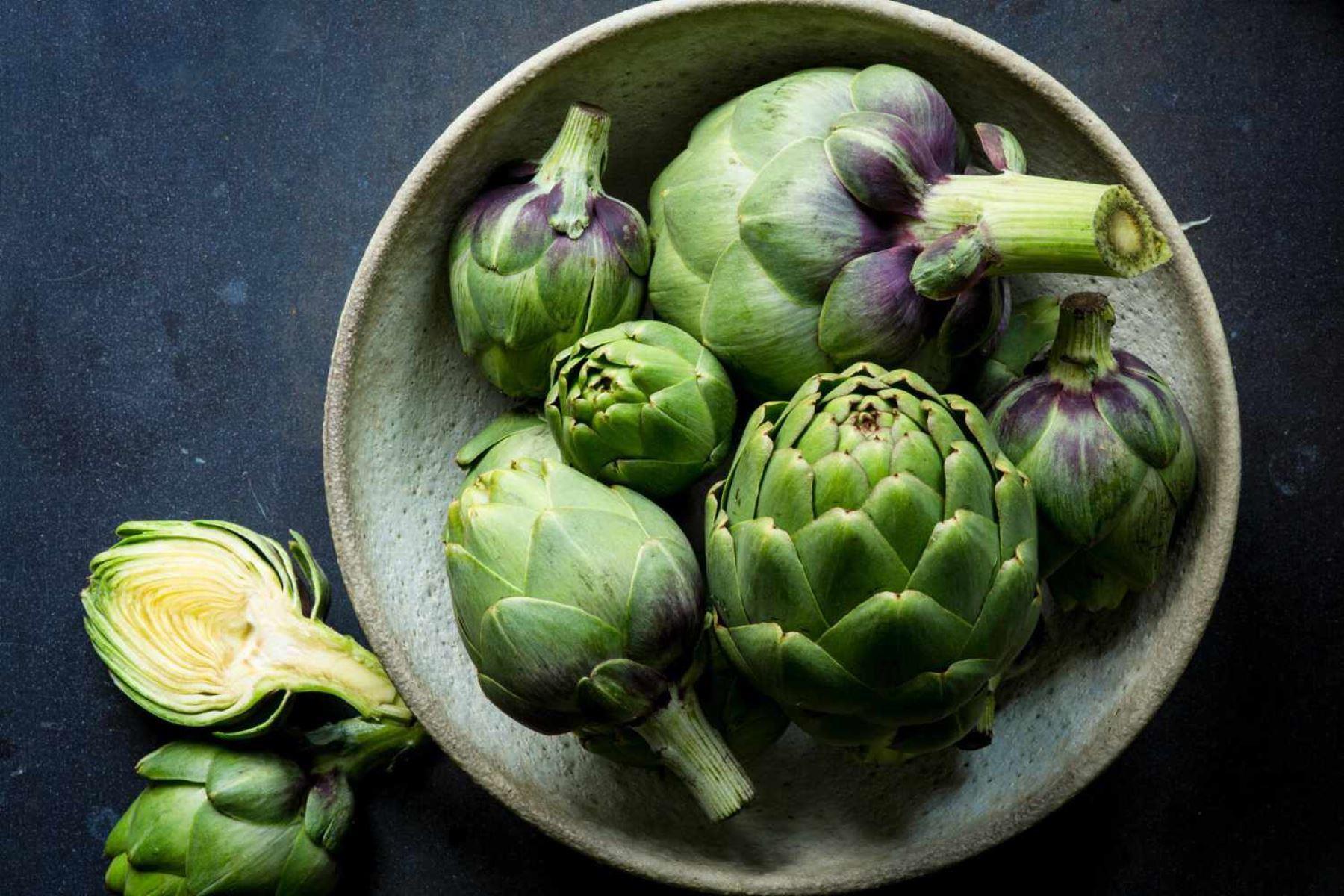
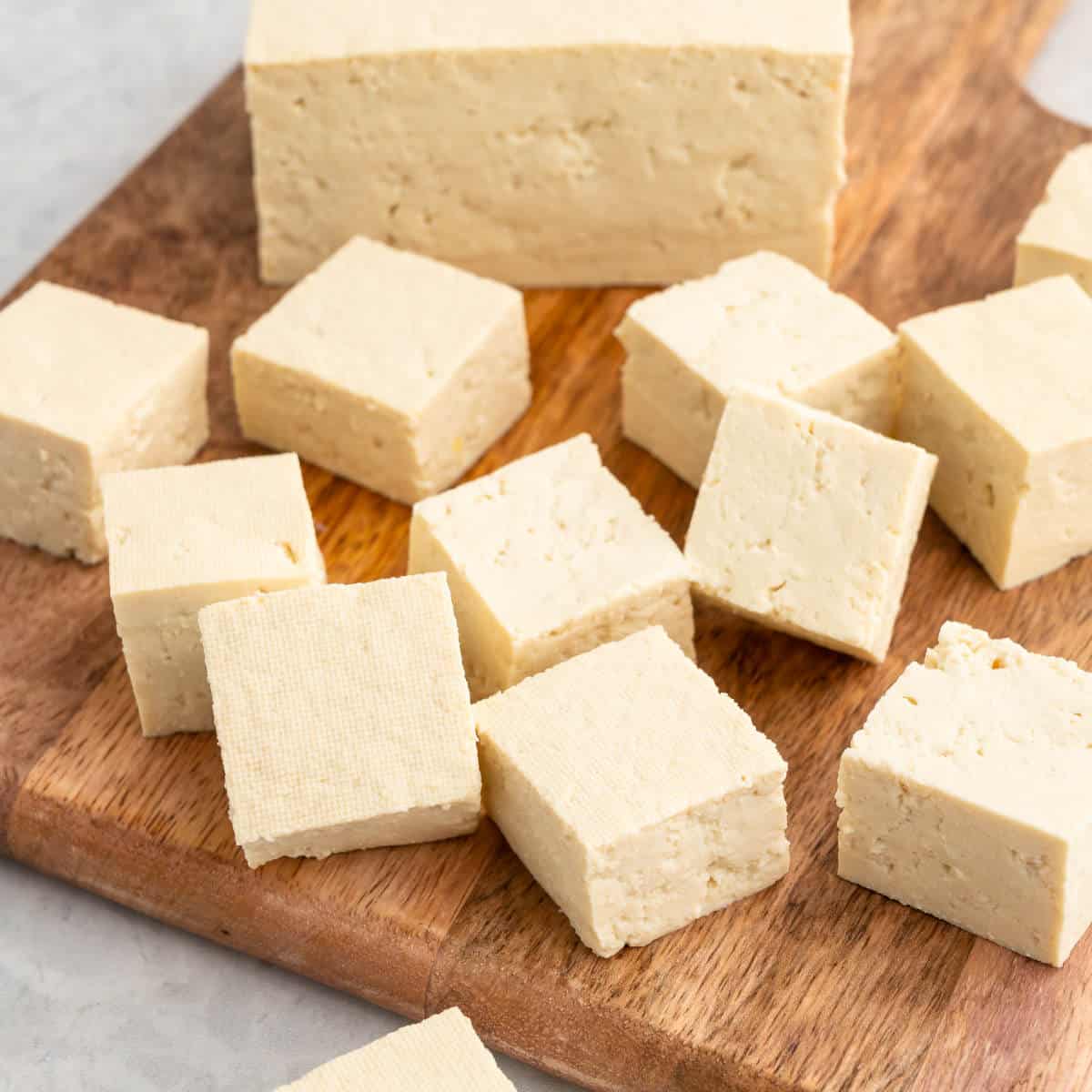
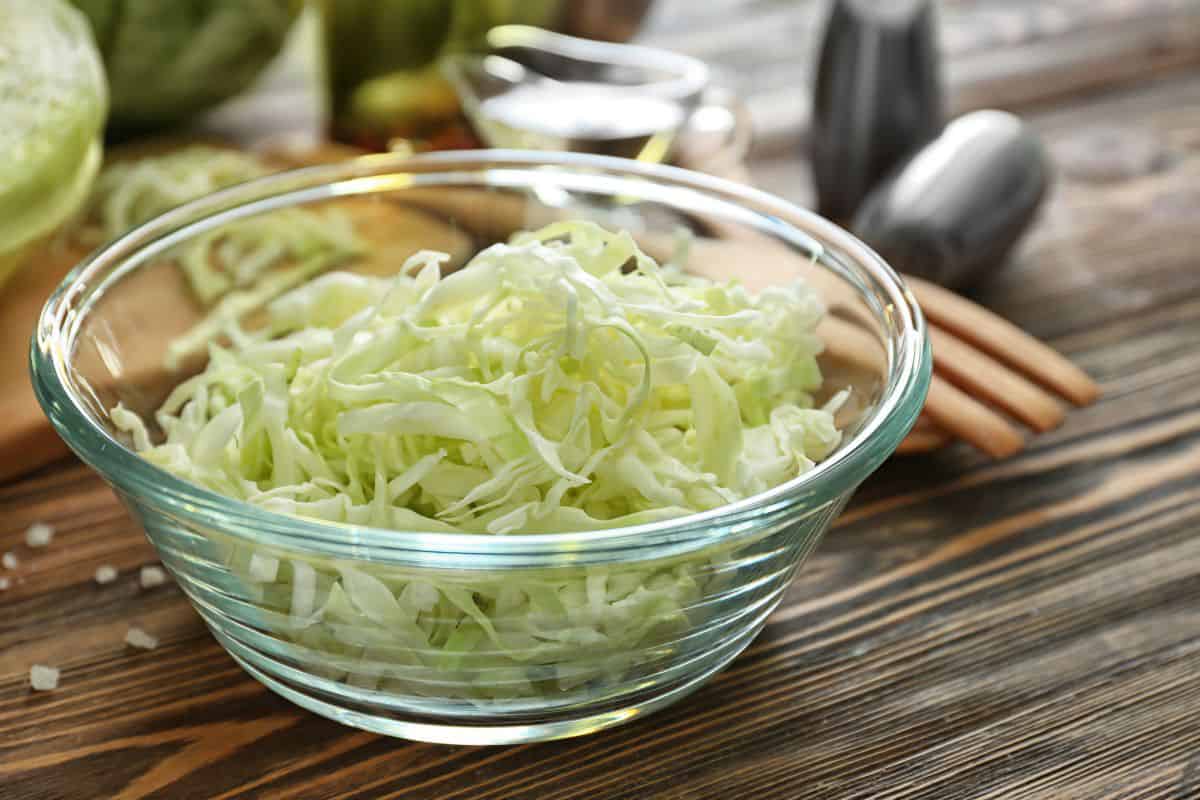
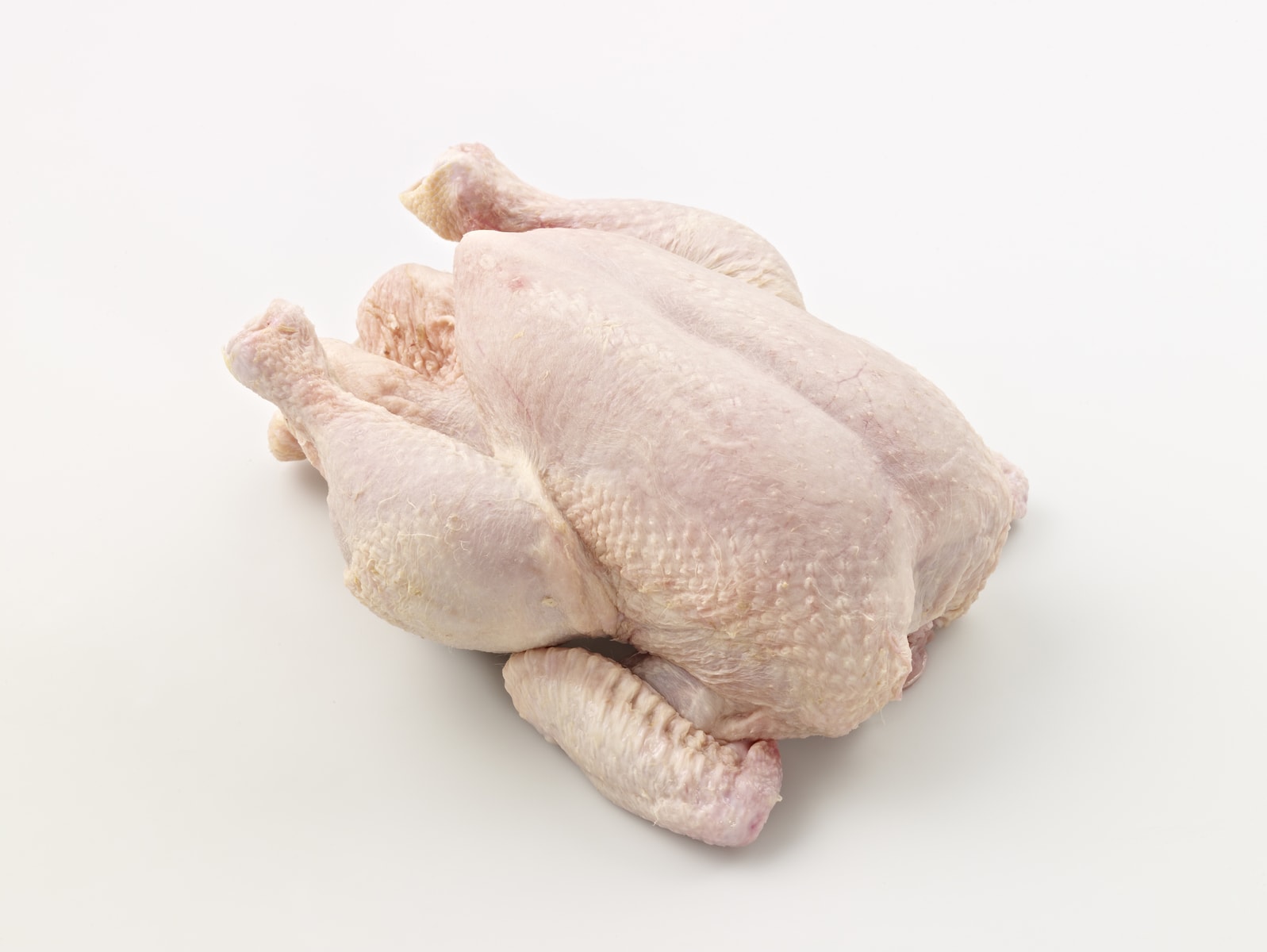


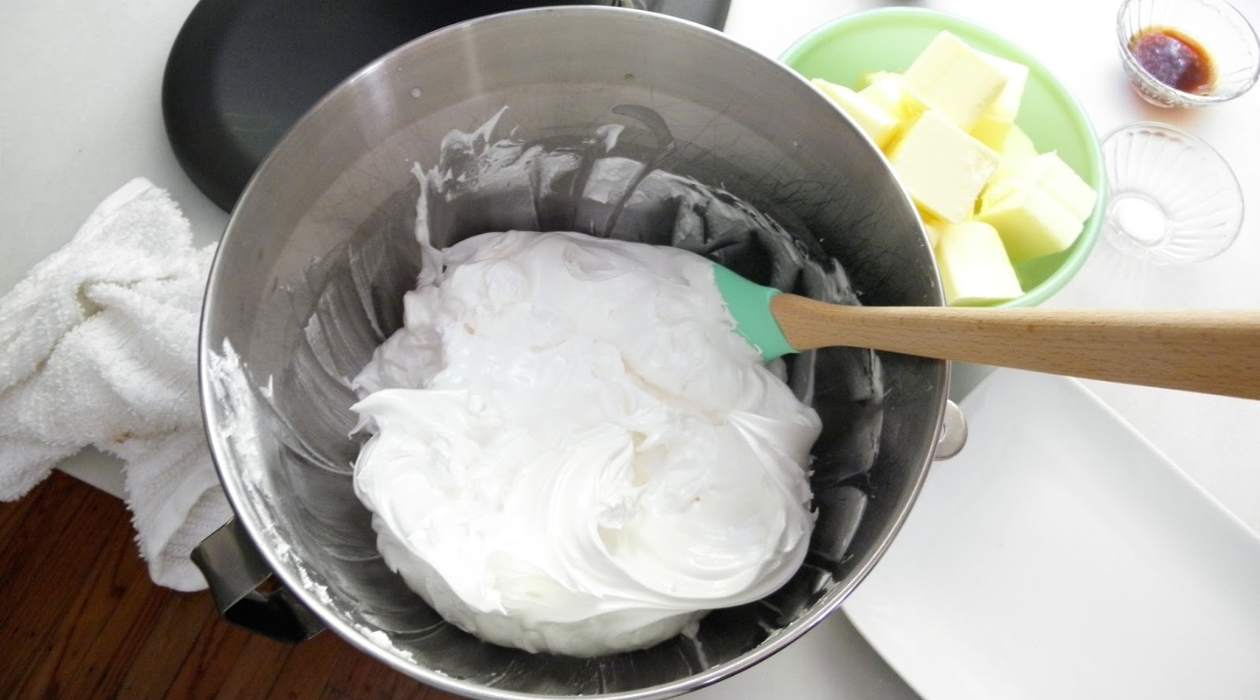


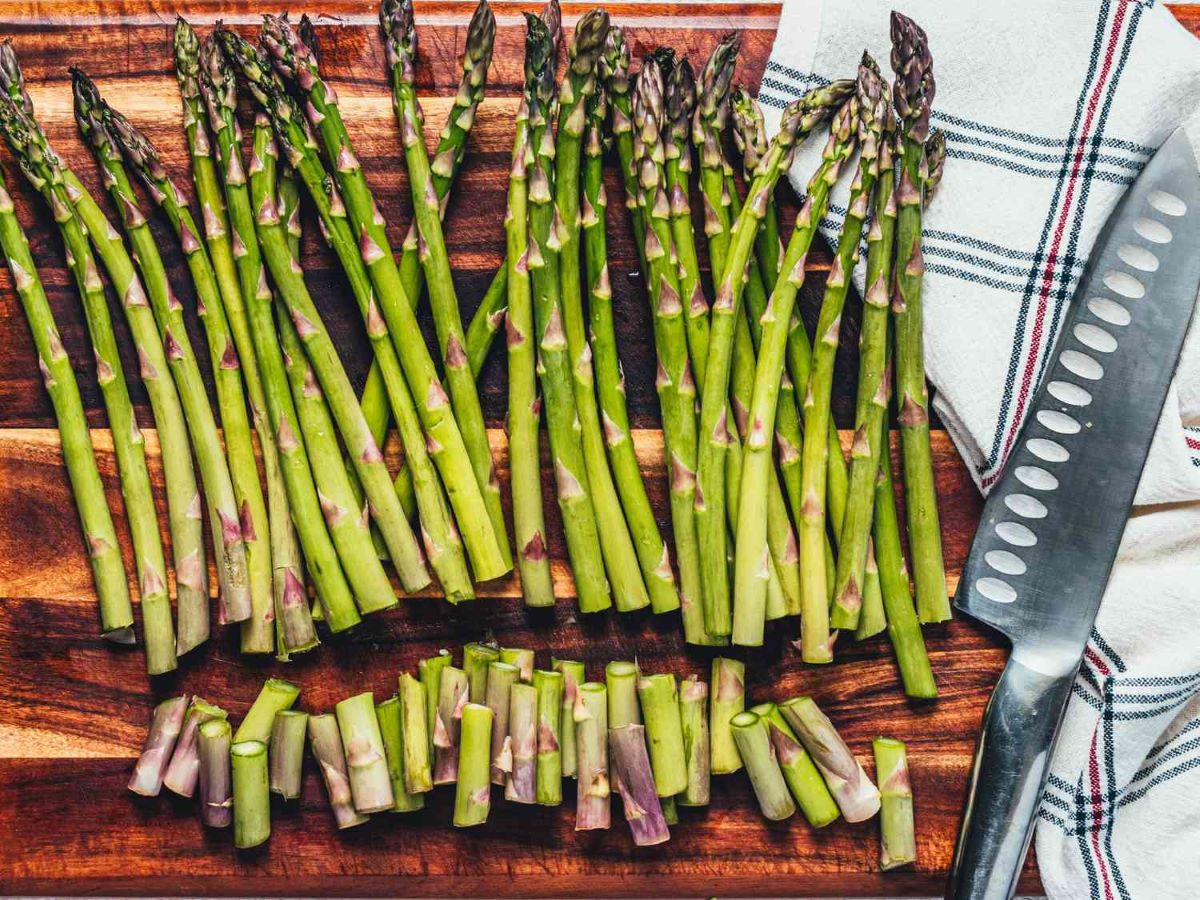
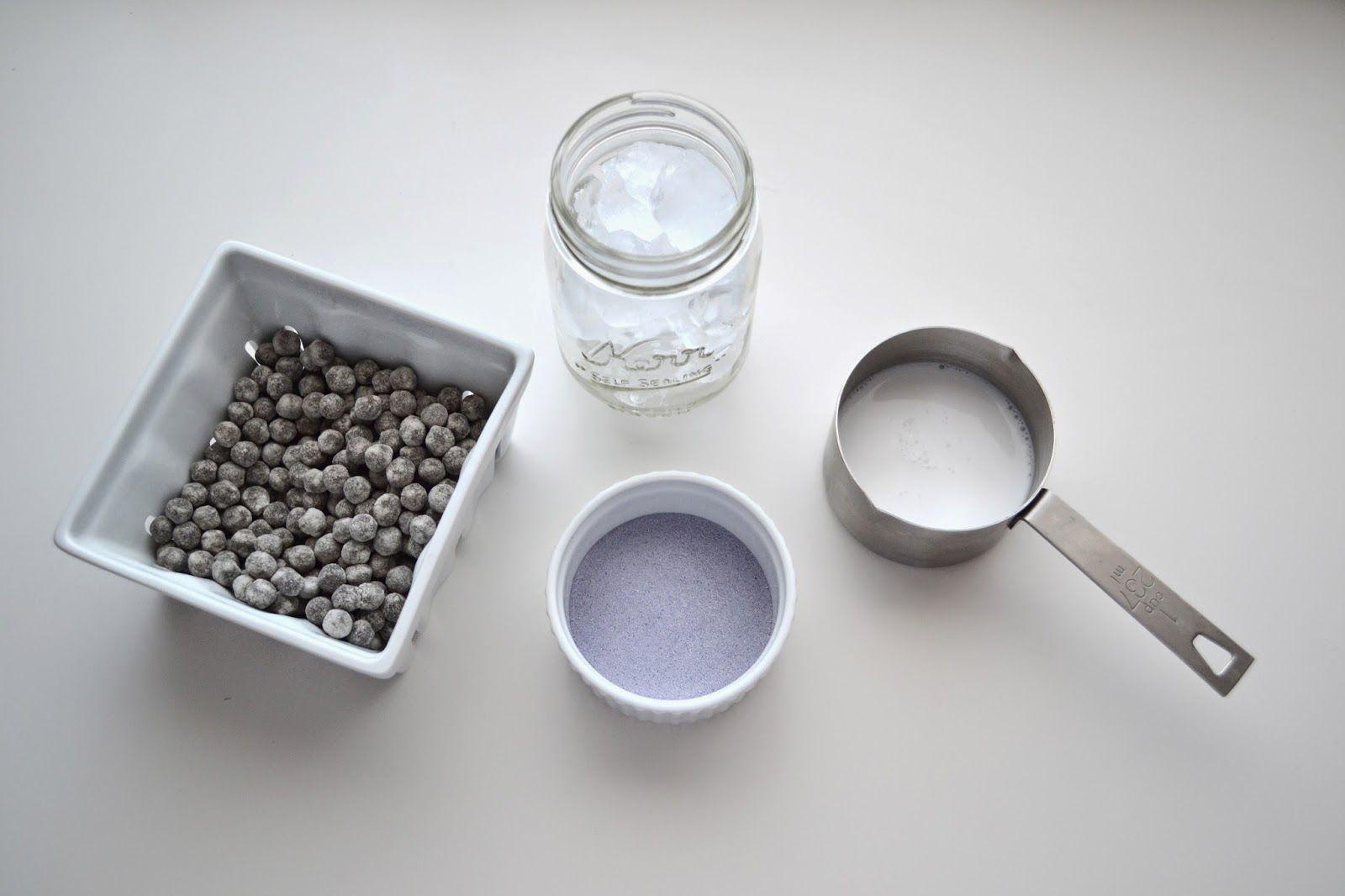

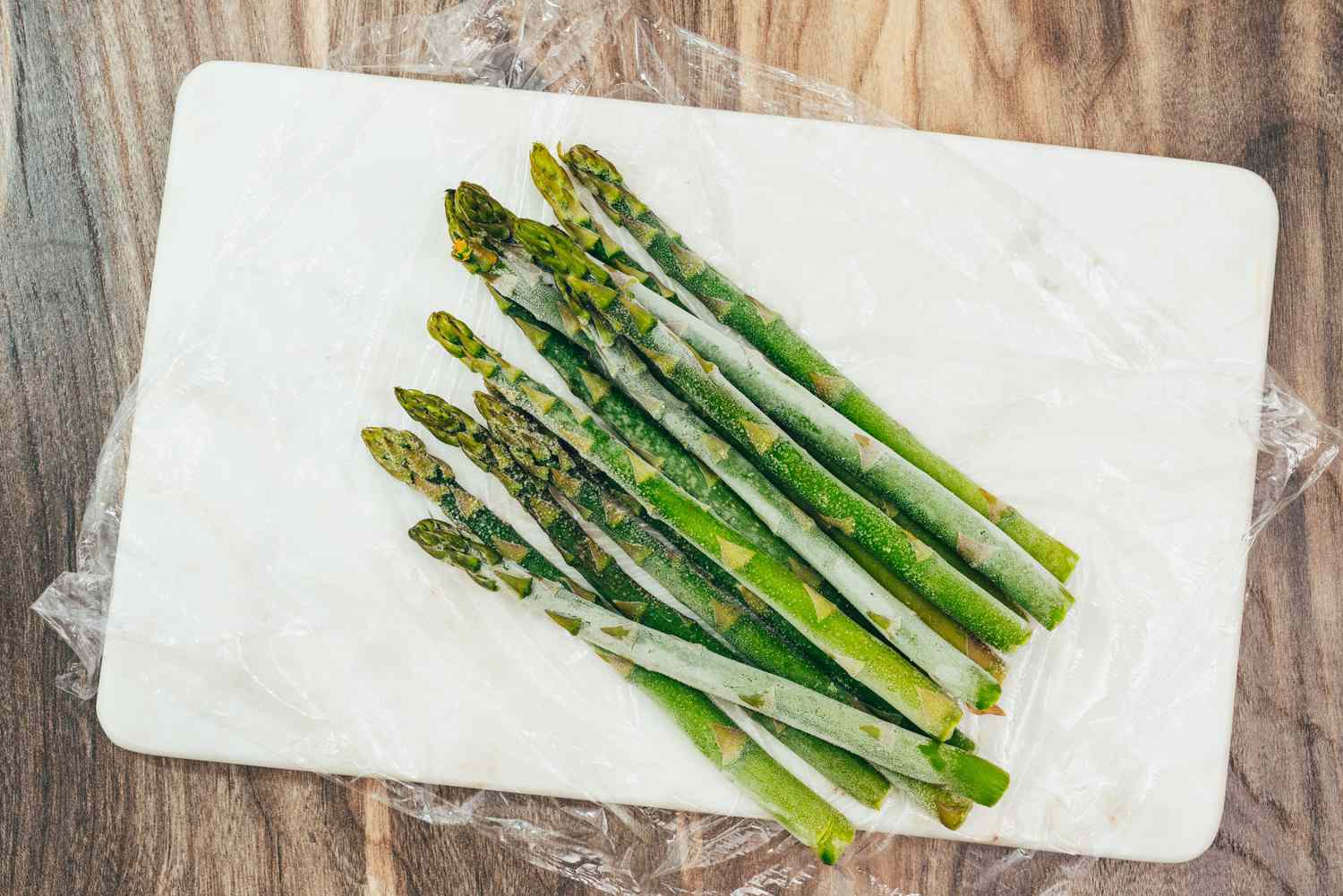

0 thoughts on “How To Store Uncooked Asparagus”